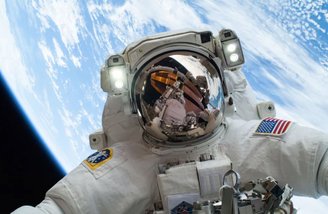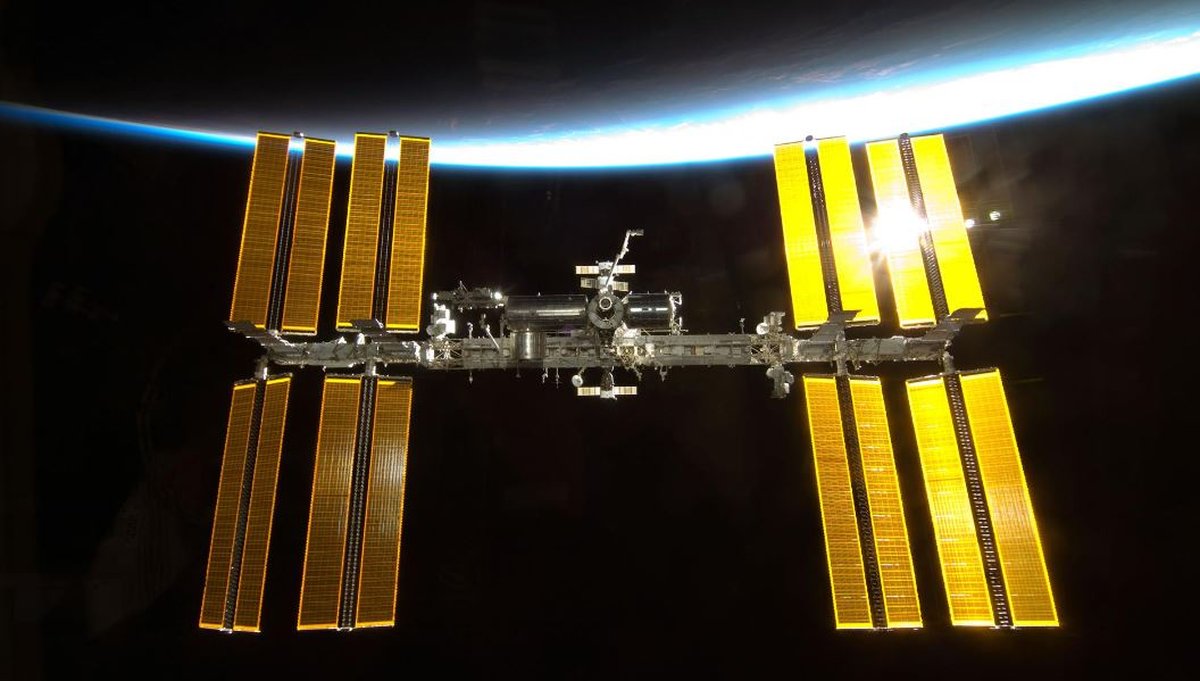The International Space Station (ISS) has been home to humans in space for over 20 years. Astronauts from different nations, including Russians, use the space laboratory to study issues related to the space environment. Like everything in life, The ISS is also expected to come to an end, and unfortunately it won’t be long before its operations cease completely.
Recently, the United States National Aeronautics and Space Administration (NASA) announced that billionaire Elon Musk’s SpaceX has been chosen to develop technology that will lead to the destruction of the ISS. A vehicle called Deorbit, developed by Musk’s company, will be attached to the station to propel it toward Earth – but don’t worry, the space lab won’t fall on people’s heads.
The new mission will destroy the International Space Station, causing it to fall into orbit around the planet; The goal is to bring it safely to the spacecraft ‘graveyard’ located in the Pacific Ocean. The SpaceX-built vehicle will carry the entire weight of the ISS, more than 400 tons. Much of the structure will break apart during re-entry, but the rest of the debris is expected to fall into the ocean.
“Selecting a U.S. orbiter for the International Space Station will help NASA and its international partners ensure a safe and responsible transition to low Earth orbit at the end of the station’s operations. This decision also supports NASA’s plans for future commercial destinations and allows for the continued use of near-Earth space. The orbiting laboratory continues to be a model for science, exploration and partnerships in space for the benefit of all,” NASA Deputy Administrator Ken Bowersox said in an official statement.
NASA’s intention is: They will continue ISS operations until the mid-2030s, after which time it will no longer be safe for the station to continue operations in Earth orbit. Experts explain that most of the technology can be repaired or replaced, but the primary structure of the ISS does not allow for repair or replacement. Therefore, it will be completely replaced after the deadline.
History of the International Space Station
The design of the station was developed between 1984 and 1993, but construction only began in 1998. Although NASA is the largest agency responsible for the space laboratory, development was carried out in partnership with the governments of the United States, Russia, Canada, Japan, and Europe. It wasn’t until the late 2000s, on November 2, that the first astronauts boarded the station: Yuri Gidzenko, Sergei Krikalev and William ‘Bill’ McMichael Shepherd.
NASA has been conducting continuous expeditions to the ISS for more than 20 years, and despite starting out very small, the lab is now the size of a football field. Until now, Nearly 60 expeditions were carried out with the participation of more than 240 astronauts from 21 countries, including Brazil..
ISS timeline
- In 1998, NASA launched the first ISS device into space: the Zarya control module. The shipment was carried out on a Russian ship;
- In 2000, the first three astronauts set foot on the station’s grounds: two Russians and one North American;
- In 2001, the United States sent the laboratory module to the ISS;
- In 2008, laboratories of the European Space Agency (ESA) and the Japan Aerospace Exploration Agency (JAXA) were connected to the ISS;
- In 2009, the International Space Station became fully operational;
- In 2010, space agencies celebrated the 10th anniversary of astronauts setting foot on the station;
- In 2028, SpaceX is required to begin the decommissioning process;
- The estimate is that the ISS will be completely decommissioned by 2030;
- In 2031 the Space Station will be ‘landed’ in the Pacific Ocean.
After re-entering the Earth’s atmosphere, the ISS may be partially or completely destroyed by impact.
Space travel continues
Until 2030 NASA will also conduct various missions that include visits to the ISS. But what enthusiasts in the region are most eagerly awaiting is the return of human civilization to our natural satellite, with the space agency planning to send the Artemis II manned spacecraft on a mission around the Moon in September 2025.

The Artemis III mission will launch shortly thereafter to return astronauts to the lunar surface in September 2026. Artemis IV could be the first mission to establish a station on the Moon in 2028.
NASA currently uses the environment only for scientific research, but the next space station will be used for commercial purposes as well. The ‘next ISP’, called Axiom, promises to double the usable space of the current oneThe first module is planned to be sent in 2026, and the second in 2027. The project is being developed by the private company Axiom Space.
Axiom Station likely won’t be the only commercial station built in the coming years. Perhaps it will be the first after the disintegration of the ISS, but there is still no estimate of the end of its construction.
Stay up to date with more space and astronomy curiosities on TecMundo. Take the opportunity to understand how NASA created quantum gas for the first time on the International Space Station. On to the next one!
Source: Tec Mundo
I’m Blaine Morgan, an experienced journalist and writer with over 8 years of experience in the tech industry. My expertise lies in writing about technology news and trends, covering everything from cutting-edge gadgets to emerging software developments. I’ve written for several leading publications including Gadget Onus where I am an author.












